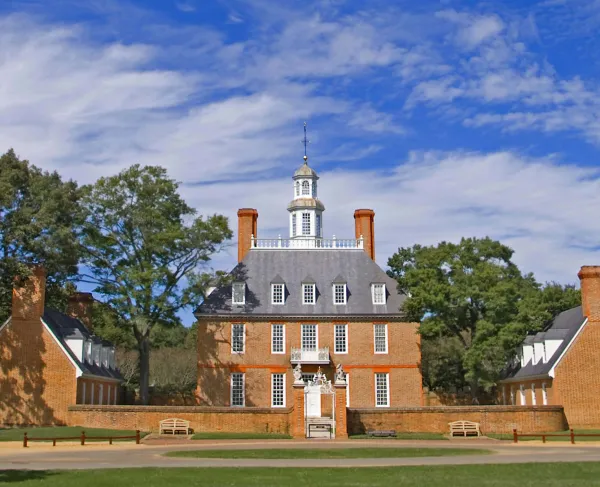Waxhaws
The Battle of Waxhaws was a dreadful defeat for the Patriots. However, Americans were able to turn this stinging tactical loss into a propaganda victory, stirring up anti-British sentiment throughout the colonies.
On May 12th, 1780, Charleston fell to the British under the command of Sir Henry Clinton. A column of reinforcements consisting of 380 troops under the command of Col. Abraham Buford failed to reach the city before its fall and turned about to retreat back north. This force, known as the Third Virginia Detachment, consisted of two companies of the 2nd Virginia Regiment, 40 Virginia Light Dragoons, and two sixpound cannon. As Buford’s detachment travelled north, they met several prominent South Carolina citizens fleeing the British advance. Even Governor John Rutledge joined the column as it moved towards the North Carolina border.
General Clinton returned to New York, leaving General Charles Lord Cornwallis in command of the Southern Army. Cornwallis learned of Buford’s column and sent a force under Lt. Col. Banastre Tarleton to catch and destroy the Continentals. Tarleton commanded 230 men of his British Legion, mounted on horseback as dragoons or mounted infantry, 40 members of the 17th Light Dragoons, and one three pound cannon.
Even though the Americans were a week ahead of Tarleton, the aggressive British commander moved his men 150 miles at a rapid pace, catching up with Buford in the afternoon of May 29th, 1780. The area in which the two forces caught sight of each other lies along the border of North and South Carolina, in an area called the Waxhaws.
Tarleton sent ahead a message to Buford, demanding that the Americans surrender, but they refused. Buford then ordered all of his heavy baggage and weapons to continue moving northward. This included his artillery, which would not play a role in the battle. He then formed a line to stand against the advancing British and Loyalists. His position was in an open wood to the right of the route of march, with all of his infantry in a single line. The American colors were placed in the center of this line. Buford ordered his men to hold their fire until the British were within 10 yards.
Seeing the Rebel line deployed for battle, Tarleton divided his force into three attacking columns. He deployed 60 British Legion dragoons as well as about the same number of mounted infantry as the right column, with the intention of having the mounted infantry dismount and pour fire upon the Americans, pinning them down. At the same time, he formed a center column of his elite troops, the regular soldiers of the 17th Light Dragoons, as well as 40 Legion dragoons, to charge straight towards the American center under the covering fire of the Loyalists to their right. The left column was led by Tarleton himself and consisted of 30 handpicked men of the Legion, ready to sweep the American right flank and drive for their baggage and reserves. Tarleton kept his single cannon in reserve with the remaining Legion Dragoons.
The British attack commenced as soon as all of their troops were in position. Given Col. Buford’s order to refrain from firing until the British were within 10 yards, the American forces were overrun by the speed and aggressiveness of the British mounted attack. The three columns broke through the thin American line and began cutting down soldiers left and right. Many American survivors of the battle claimed that their comrades were massacred while trying to surrender.
Just as quickly as it had begun, the Battle of Waxhaws was over. British casualties were slight, with 5 killed and 14 wounded. The Americans lost 113 men killed and 203 wounded. Col. Buford managed to escape from the slaughter. He reported what he saw on the battlefield to Patriot officials and the effect was electrifying. The Battle of Waxhaws became known as “Buford’s Massacre” and Tarleton, already known as an aggressive commander, was condemned as a butcher.
There is much debate as to whether or not these killings took place. The British reported that all wounded of both sides were treated fairly as was custom of the day. While today historians debate the truth behind the claims of the killing of prisoners, the effect in 1780 was dramatic. As the British advanced further into North Carolina, men from all over the South took up arms in order to defeat the butchers of Waxhaws. Men from across the Appalachians, the “Overmountain Men” would take up arms and defeat a Loyalist force at the Battle of King’s Mountain in October, 1780. There they attacked the Loyalist position with cries of “Remember Waxhaws!” Resistance to the British campaign in the South continued to intensify, and in October, 1781, the British Army in the south would finally meet its fate around the Virginia port of Yorktown.

